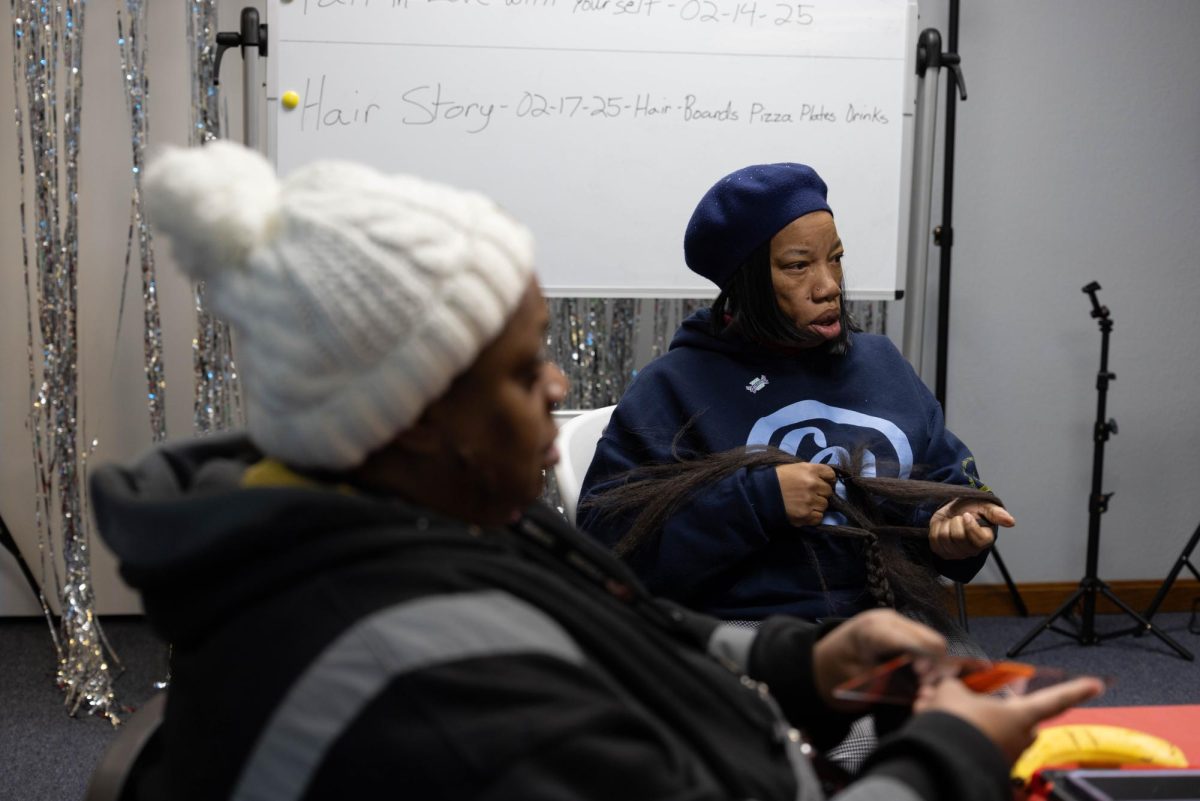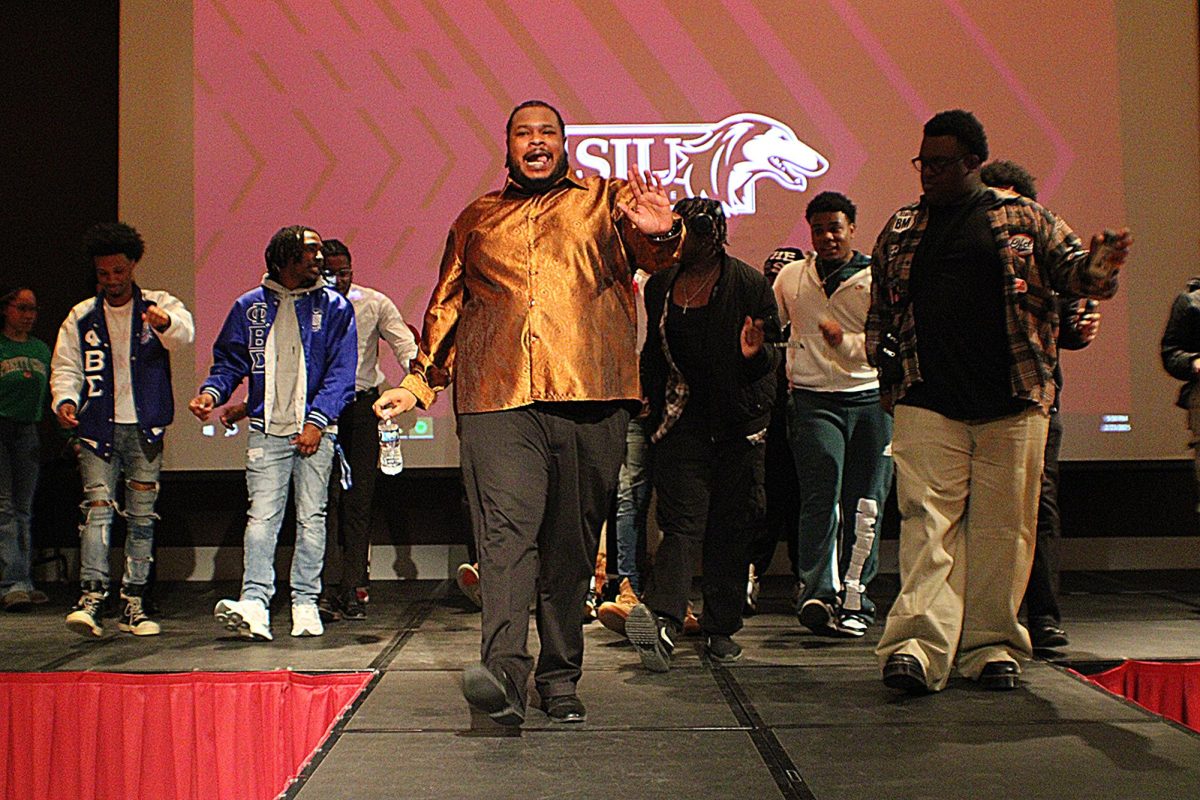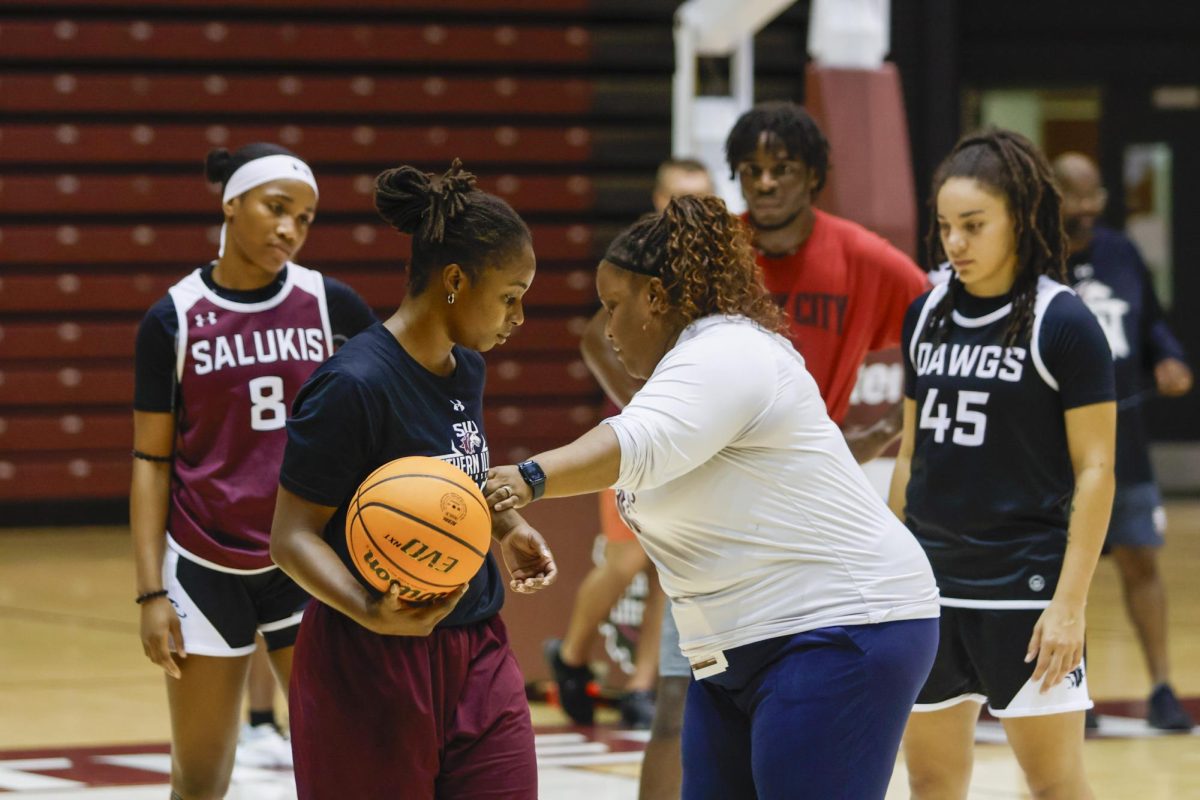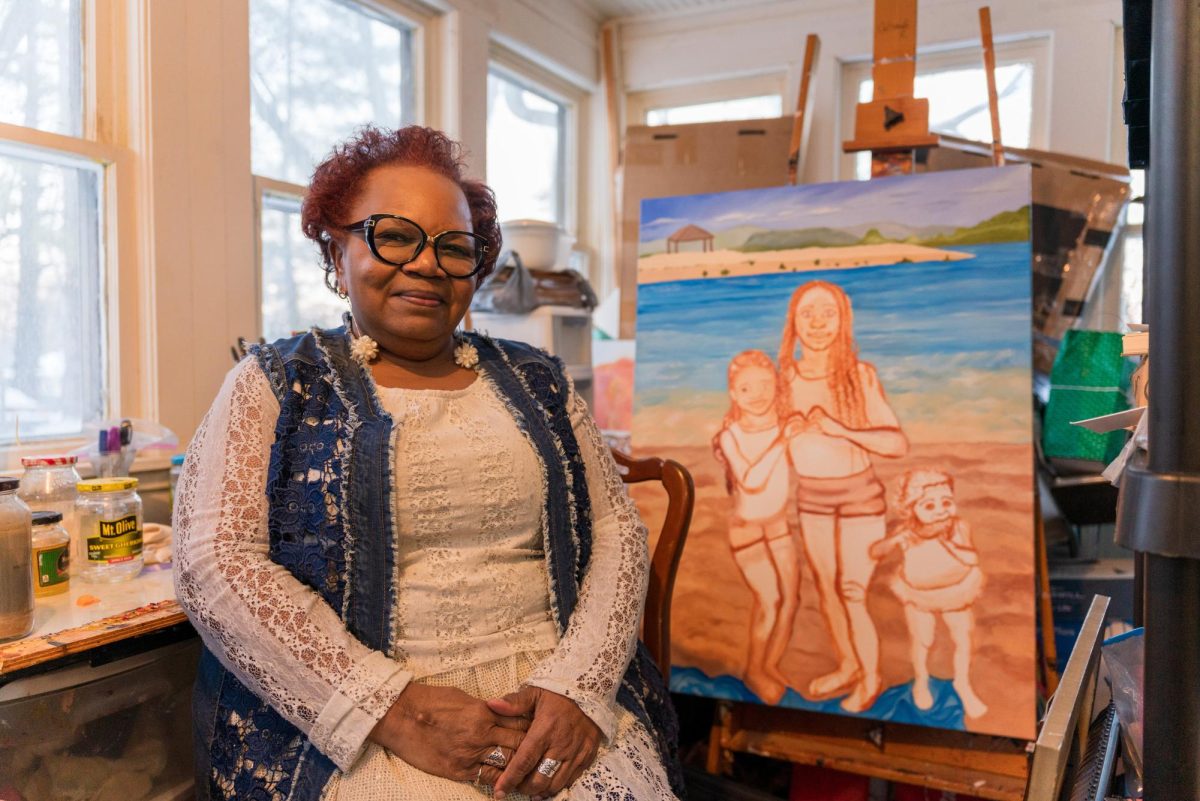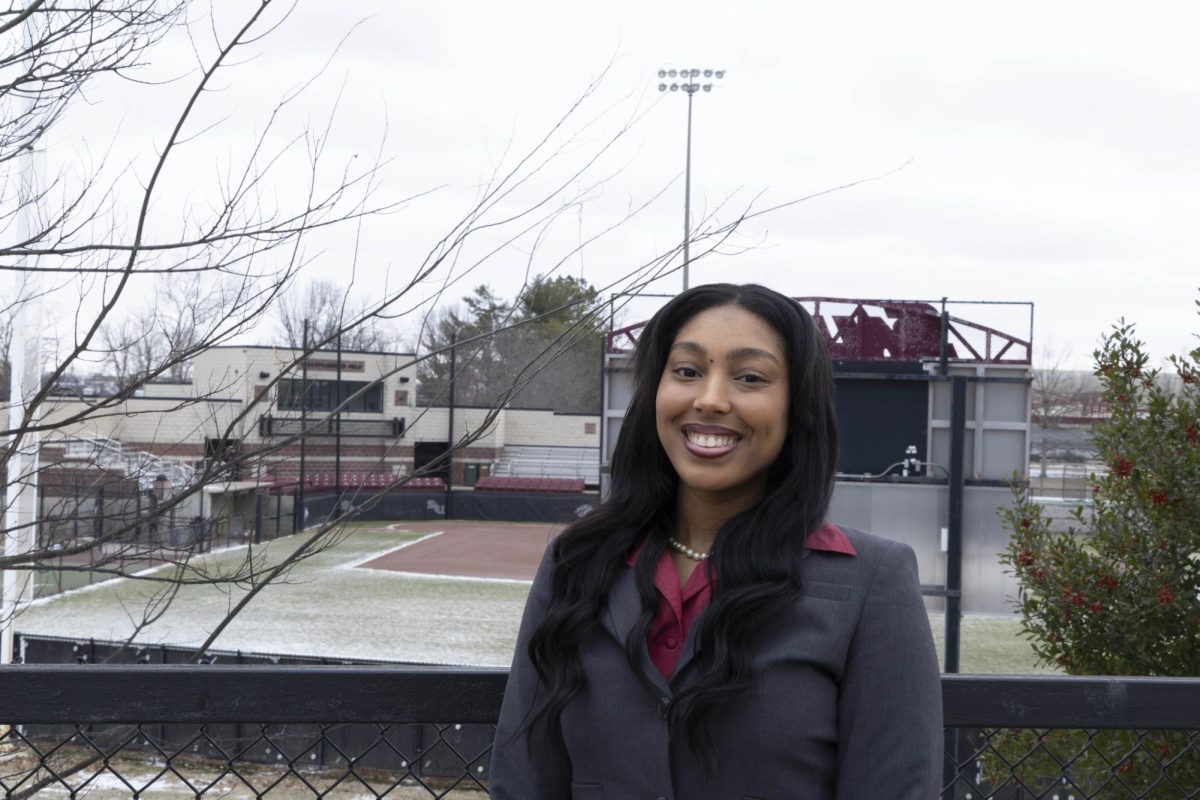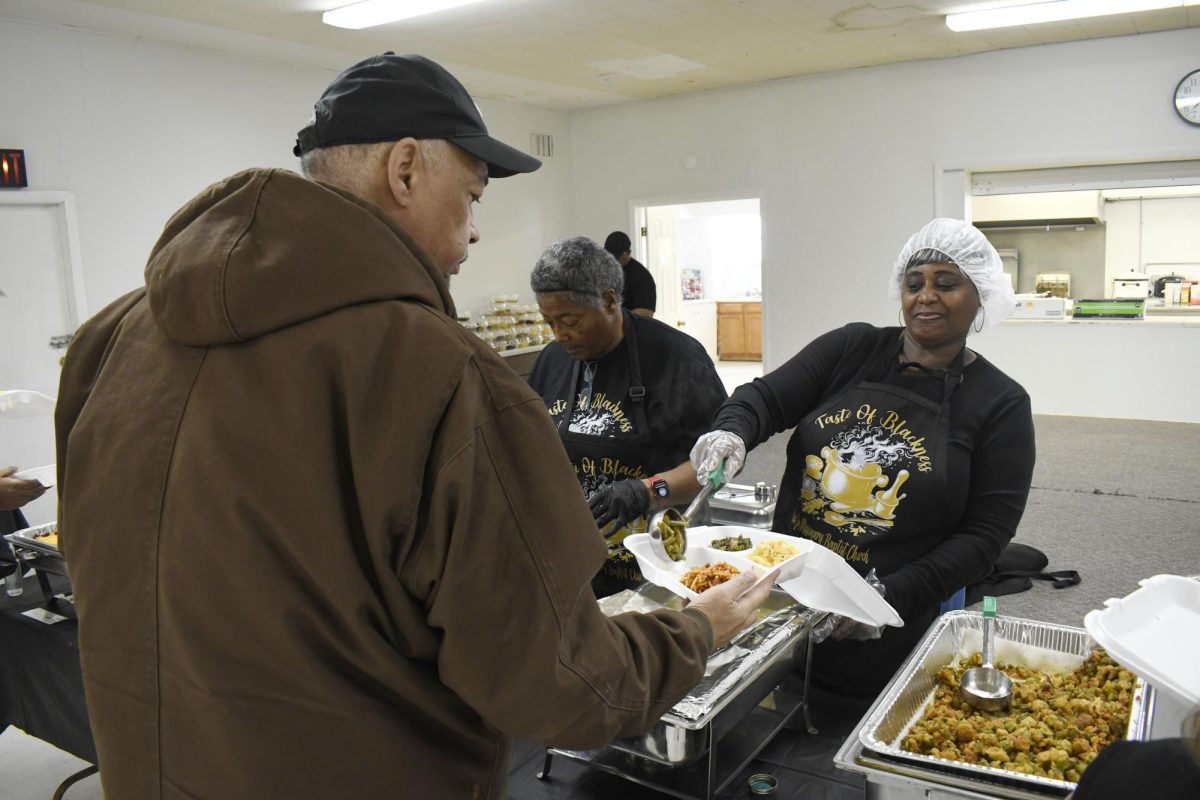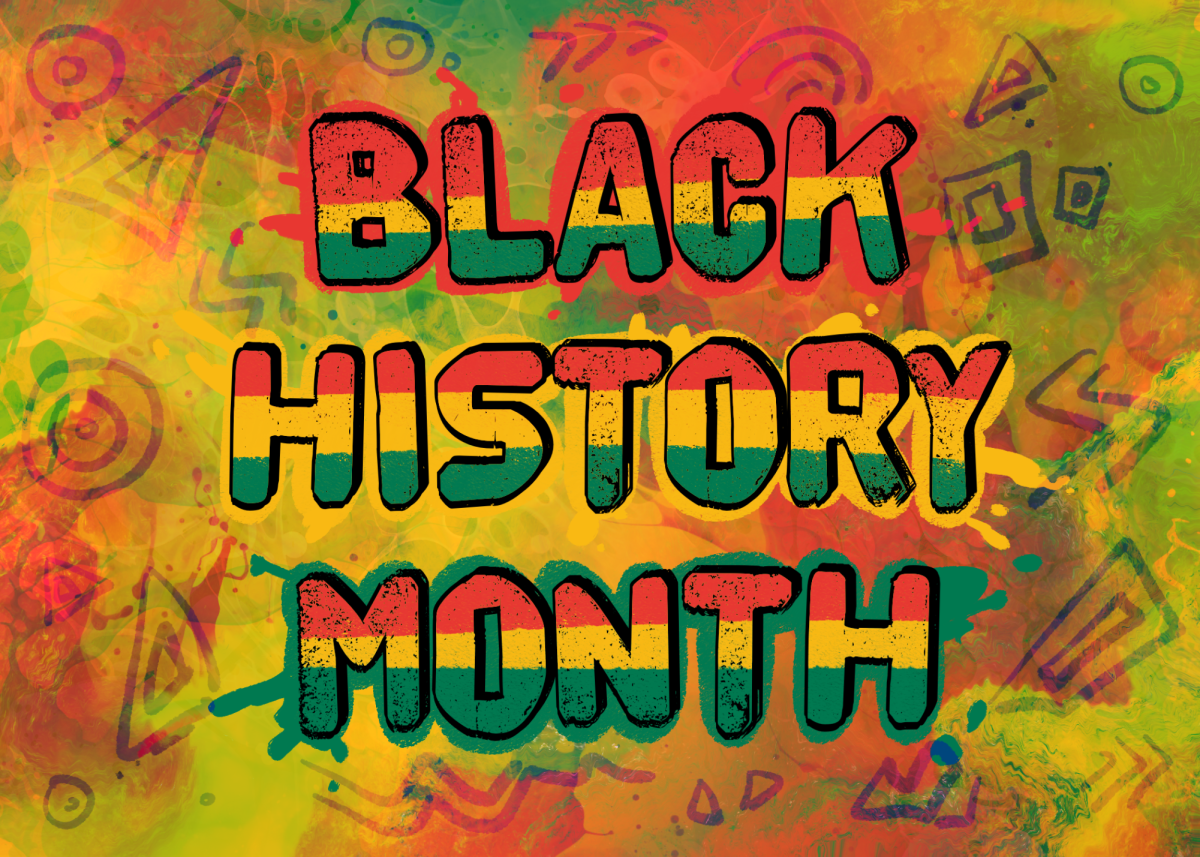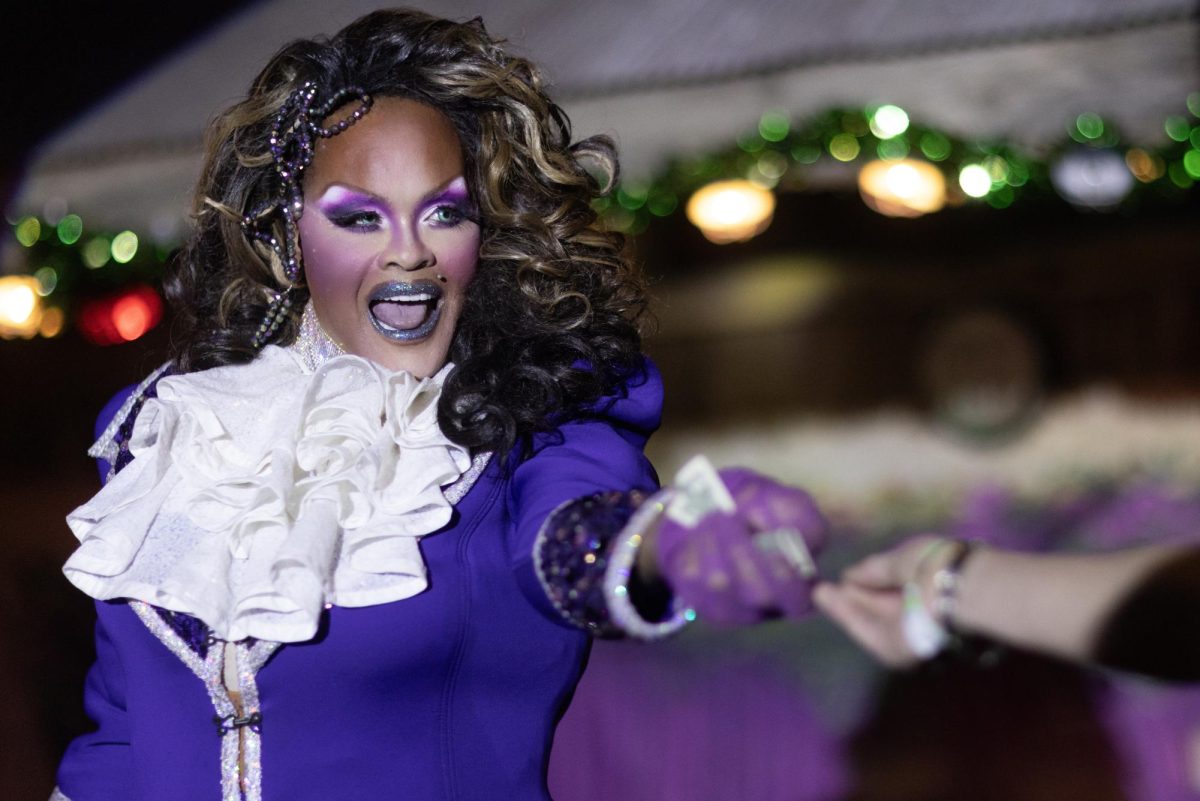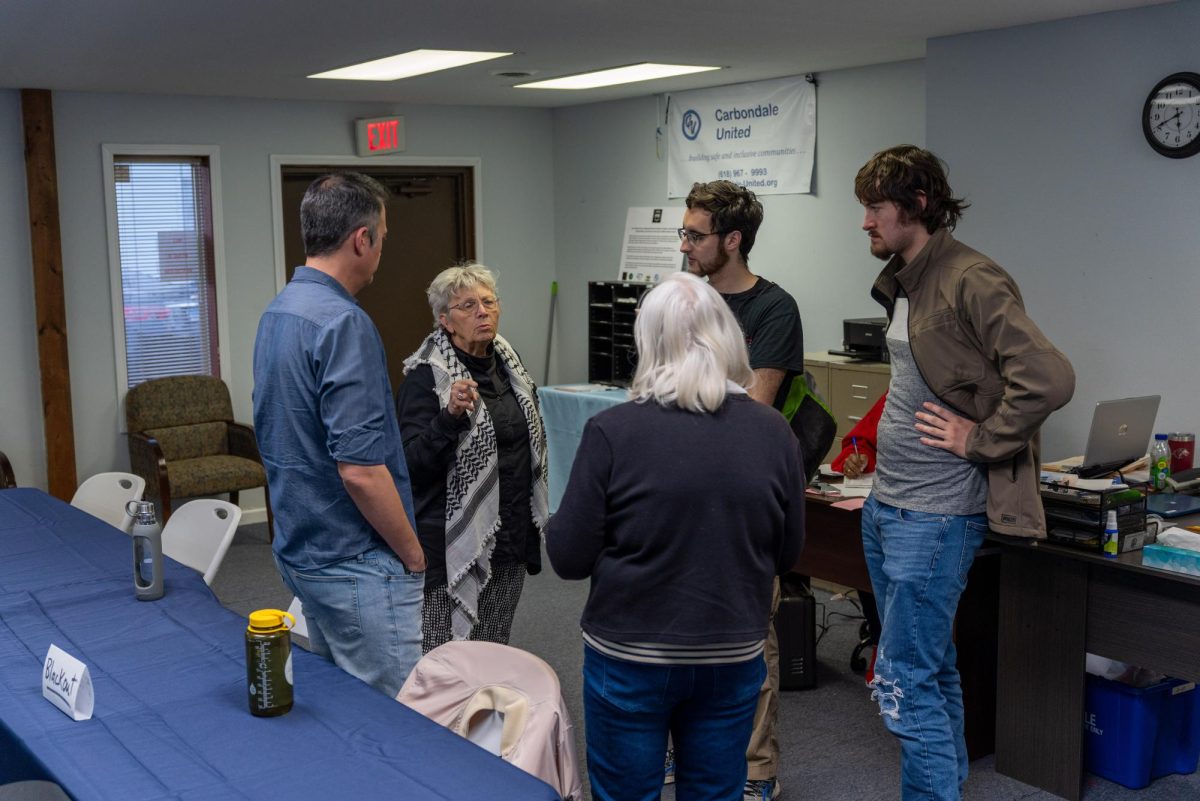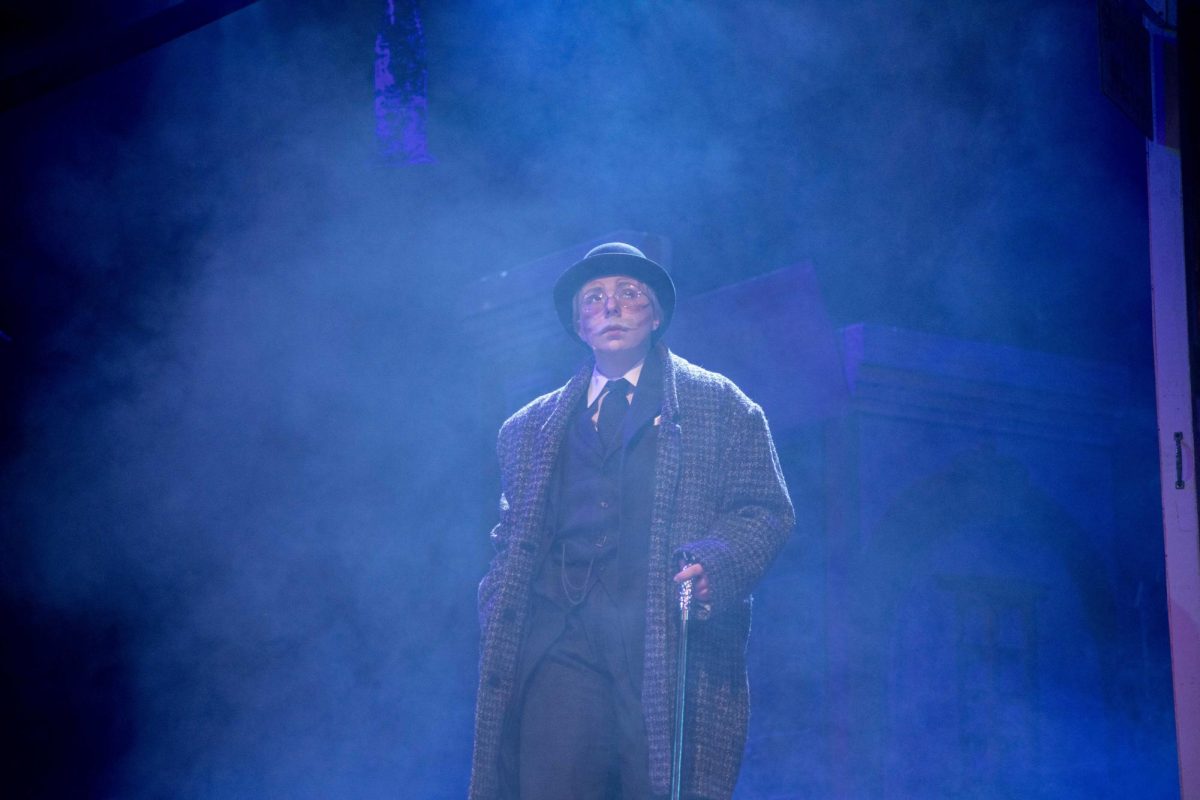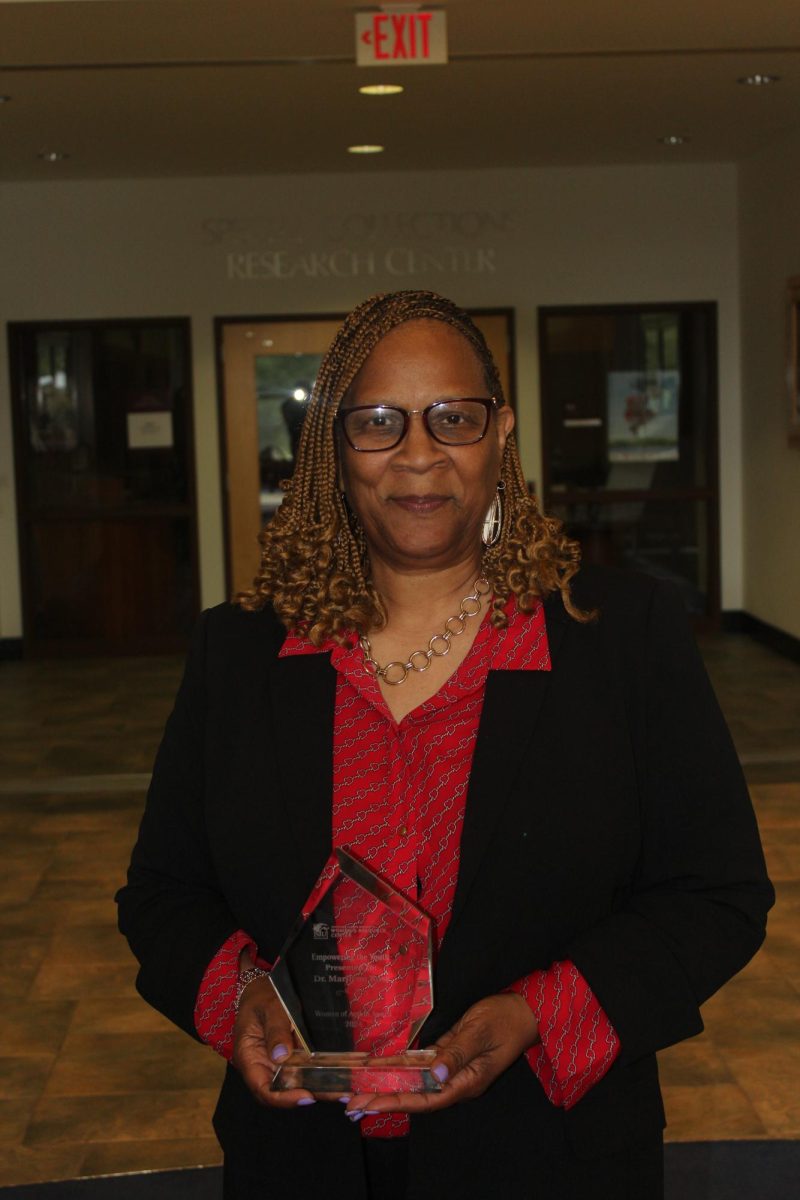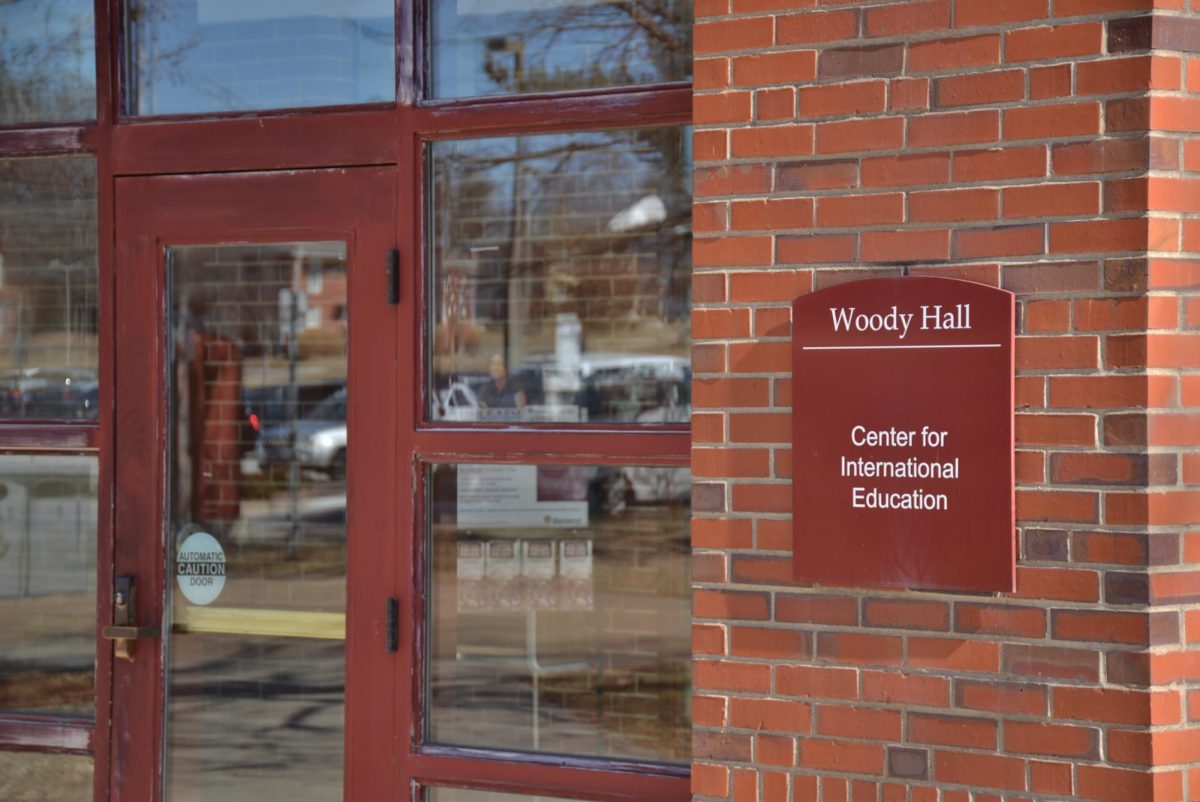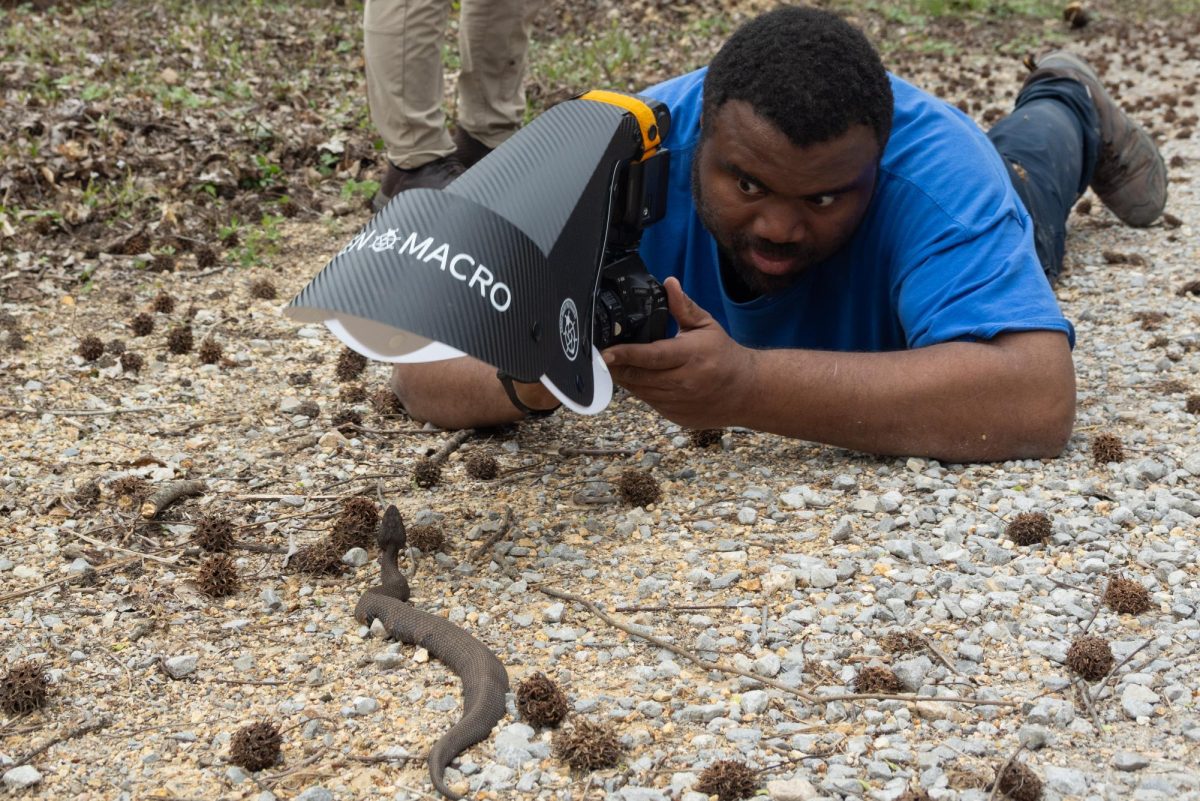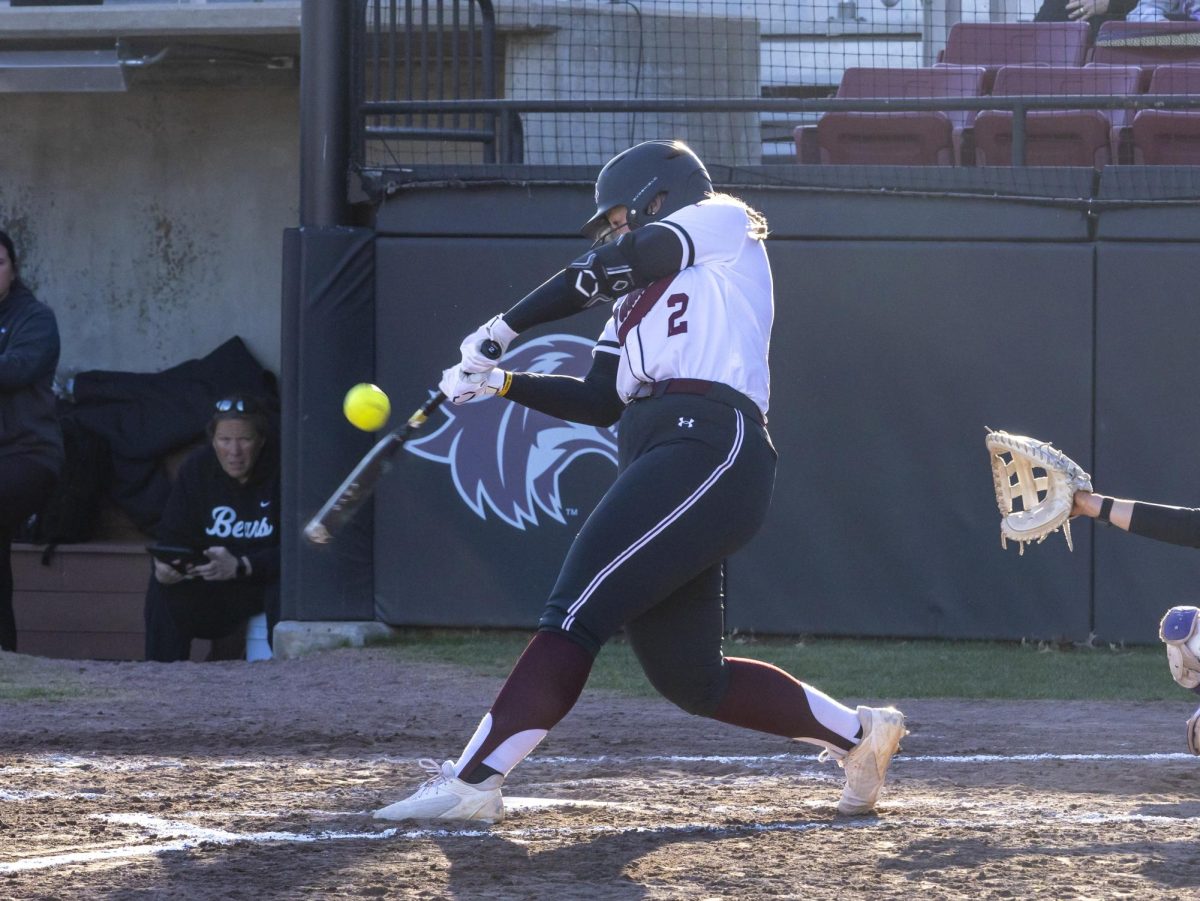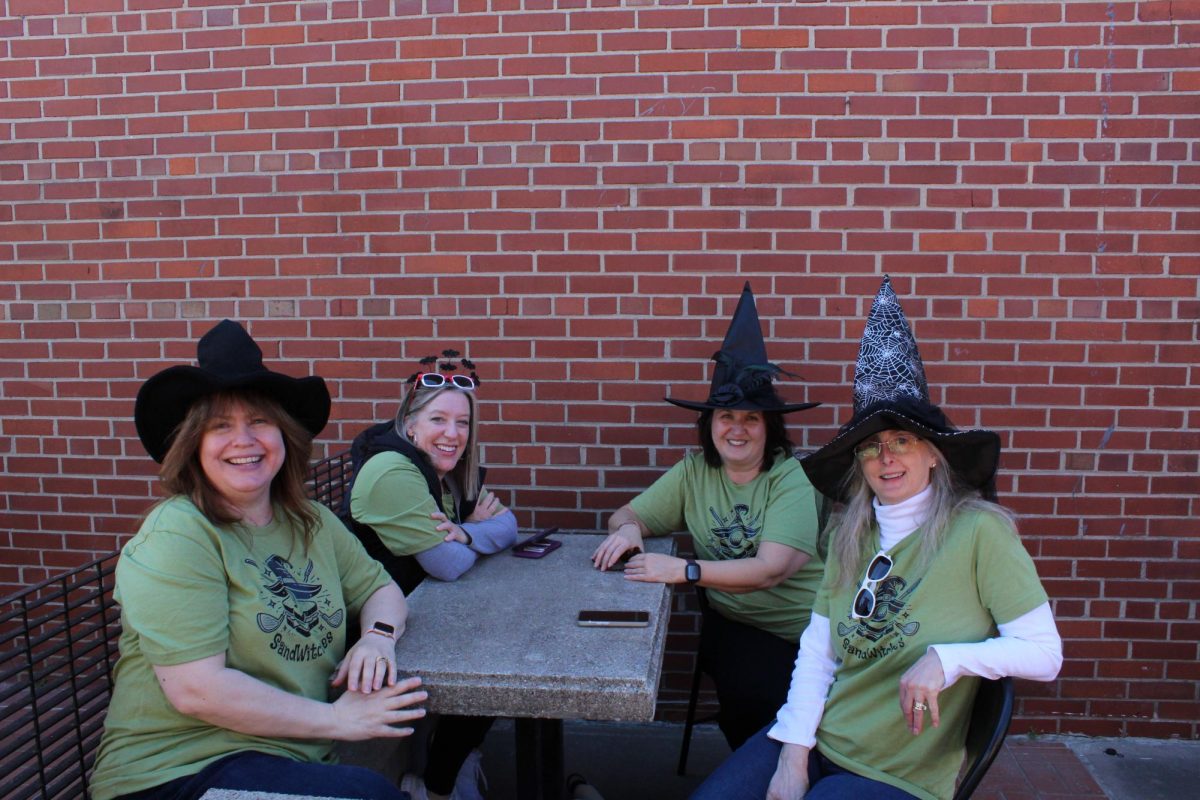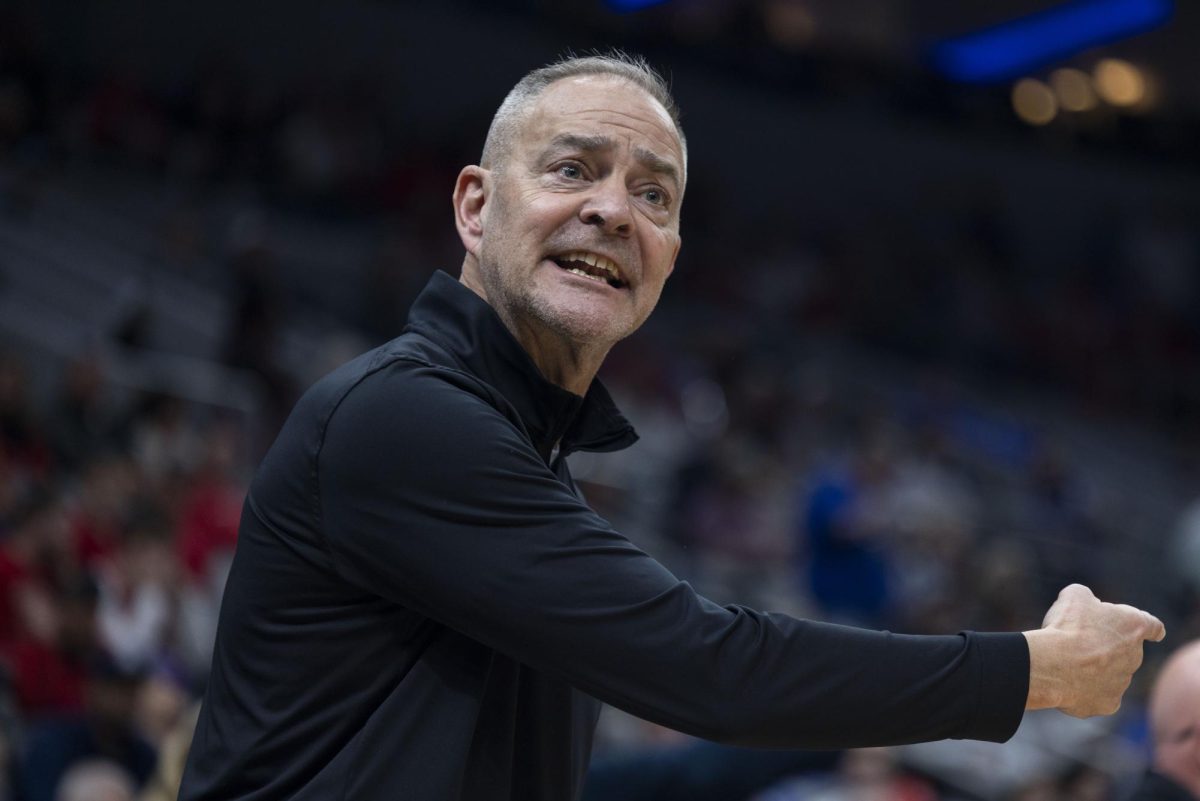On Feb. 17, Carbondale United held their fifth Hairstory: A Black History Month Event to demonstrate how to style Black hair, as well as hair’s importance to the culture and community.
The event was held at the Carbondale United Collaborative Center and mainly focused on the history of braiding culture within the Black community.
Advertisement
Community members who attended were given boards where they could practice braiding as they listened to the history and techniques of braiding. Food, drinks and goodie bags with brushes and combs were provided at the end of the event.
Due to several speakers getting sick, most of the talking was done via a recorded Zoom of the same event that was held in 2021. The event and what is provided during each one differs every year.
In the Zoom recording, Mide Adeleye, now Dr. Mide Adeleye, speaks about how slaves used braids as maps to freedom during the Transatlantic slave trade.
Advertisement*
Cornrows (or canerows depending on what part of the Americas you’re from) were also used to hide food like grains of rice so that escaping slaves had food to eat on their journey. In the Zoom recording that is located on the Carbondale Public Library’s Youtube page, there is a video showing someone braiding grains of rice into a little girl’s hair in the same fashion that would have been done in the past.
Current Black braiding techniques and culture all stem from these roots, which attendees of the HairStory event got to learn about in great detail.
In 2024 there was a barber who came and gave a demonstration on how to cut hair. This year Ryan Reed spoke about the barbershop’s importance and how it serves as a mental health outlet, especially for the Black community. Reed is a licensed therapist and barber among many other things. He works as a supervisor for GRO Community, a mental health service provider that focuses on the mental health of Brown and Black communities.
“I’ve always found a great fascination with cutting hair…. But the beauty… wasn’t just the process of cutting hair. It was the ability to actually connect and talk to people in the community,” Reed said.
After Reed spoke, Ginger Normay, an SIU student, gave a demonstration on the basic braids that make up most braiding hairstyles. She showed everyone in attendance how to do an underhand cornrow, an overhand cornrow and a box braid while those watching practiced their own braids on the provided braiding boards.
“I think it’s important for people to know how to step in for themselves when needed and not depend on somebody else,” Normay said when asked what she hopes people take from the event and her demonstration.
Shannon Christensen was in attendance doing research with SIU involving Carbondale Connected and participated in the event. “So I feel like I learned a lot about the richer history about braiding. Obviously, as a white person I know a little bit about braiding, but I didn’t know how significant it was in terms of like early American history as well as, like, African history, and so I feel like I learned a lot more about the significance of braids versus it being more just like a hairstyle,” Christensen said.
Yolanda Dean is also an SIU student. She is studying to get her certification in special education and teaches at SIU’s Head Start. This was the third Hairstory event that Dean has attended.
“Especially in this area, you have a lot of people who have children who never learned how to do hair, like every girl doesn’t play with dolls, so they don’t learn how to do hair,” Dean said. “By the time they’re an adult and (they) don’t know how to do it, they’re embarrassed to admit that they don’t know how to do it… So we have workshops like this, that teach people how to do stuff that they don’t know how to do or how to improve from what they think they know how to do. It benefits us as a community.
Dominique-Martinez Powell can be reached at dmartinez-powell@dailyegyptian.com . To stay up to date on all your southern Illinois news, be sure to follow The Daily Egyptian on Facebook.
Advertisement



